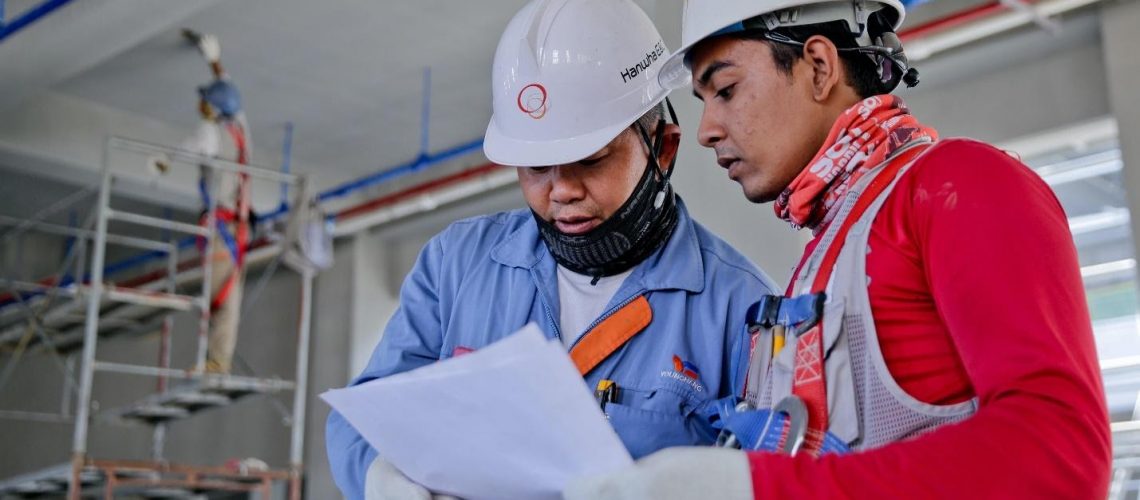What Exactly is Agile Construction Project Management and What Are Its Implications on Construction Projects

Agile project management has become the norm across different industries—it’s a management approach that breaks a project into multiple smaller stages. These agile projects involve continuous collaboration between stakeholders to improve and iterate a project at each stage.
How Does Agile Project Management Work?
Continuous collaboration and adaptation is the key to agile project management. At each stage, the team goes through the process of planning, executing, and evaluating. This allows for changes to be made throughout the project.
The four main values of agile project management include:
-
Prioritizing individual stakeholders and interactions over tools and processes
-
Replacing comprehensive documentation with a working software
-
Prioritizing customer collaboration over contract negotiations
-
Adapting along the way instead of following a fixed plan
Agile Project Management and the Construction Industry
When one thinks of agile project management, the construction industry feels like the least suitable area for its implementation. However, with a few changes here and there, it’s not entirely impossible to combine the two.
Let’s take a look at some of the pros and cons of such an endeavor.
Pros:
Although it’s not possible to take your construction project and fix it in the traditional agile project management strategy, it can be tweaked to make a few things work. For example, an agile strategy can help you deliver your construction project timely, safely, and within the budget.
The agile approach allows you to take into account customer and worker input. However, to make it feasible for a construction project, you’ll have to restrict this input to the stages of planning and designing. The adjustments that you make after collaborating with all stakeholders will keep everyone on the same page and prevent any setbacks.
Another major benefit of agile construction project management software is that it focuses on individual ideas, contributions, and feedback. This is what helps you deliver the results that your clients expect.
Cons:
Construction projects aren’t a natural fit for an agile strategy. It’s not possible for the construction industry to just cut and paste agile practices and tools into their work. Although making agile strategy work is not impossible, it calls for major customization that may not even be worth the effort.
Even if an integrated plan is figured out, it will be extremely challenging to execute it to completion. The agile approach may work in the beginning and middle stages of a project, but there’s little probability of finishing the project on time. This adds to the cost of a construction project exponentially.
The success of most construction projects relies entirely on an interrupted flow of work. The incremental nature of delivering offered by the agile management strategy doesn’t complement this basic stepping stone of a construction project.
Should You Use Agile Project Management for Your Construction Projects?
Even if you’re very diligent and plan the project to perfection, there’s still a considerable chance of delays and an increase in cost. The more beneficial focus would be on general contractor project management software for your business, which can help with projects at every step of the building process.